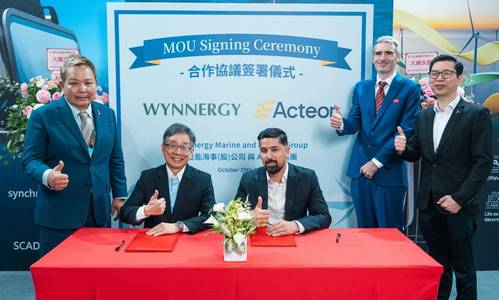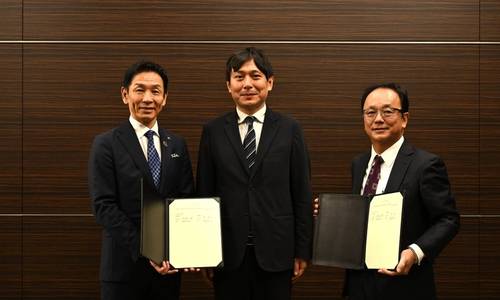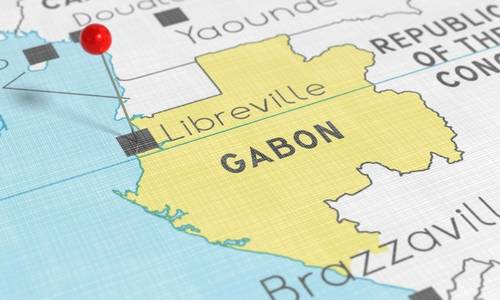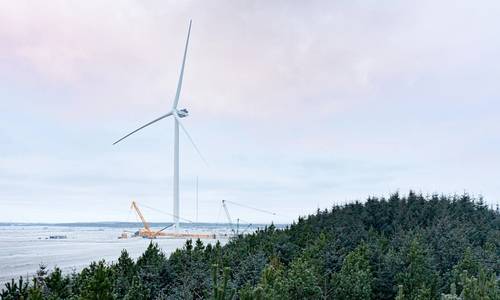BP Steps Up Appraisal Activities on Bumerangue Offshore Discovery in Brazil
October 30, 2025
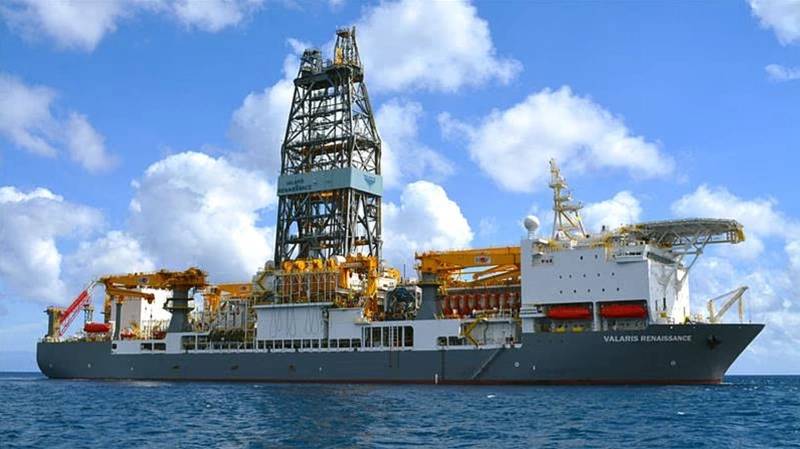
BP is advancing appraisal planning for its Bumerangue offshore discovery in Brazil after laboratory analysis confirmed a large hydrocarbon column in the pre-salt Santos Basin, and CO2 levels in the reservoir that the company believes can be managed.
BP said tests following its August discovery indicate a roughly 1,000-metre gross hydrocarbon column, including around 100 meters of oil and about 900 meters of liquids-rich gas-condensate.
It added that the liquids content across the column, reservoir quality and its deepwater experience support the view that carbon dioxide in the reservoir can be managed.
Further lab work is under way to determine fluid properties, gas-to-oil and condensate-to-gas ratios and estimate in-place volumes. BP said appraisal activities are being planned with well work expected to start in early 2027, subject to regulatory approvals.
“Initial results and analysis are extremely encouraging as they indicate a very large hydrocarbon column and a significant volume of liquids in the reservoir.
“We have a team in place and are accelerating work on proposed appraisal activities and potential development concepts, which will include the potential for an early production system,” said Gordon Birrell, BP’s executive vice president for production and operations.
Bumerangue is one of 12 exploration finds BP has made this year across several basins, including the Gulf of America and Namibia via Azule Energy, its 50-50 joint venture with Eni.
The 1-BP-13-SPS well at Bumerangue lies 404 km offshore in 2,372 metres of water and was drilled to 5,855 metres.
It intersected high-quality pre-salt carbonate rock with an areal extent greater than 300 square kilometres.
BP, which holds 100% of the block, deemed the find as its largest in 25 years.


